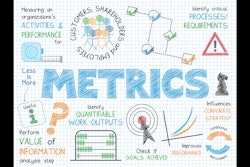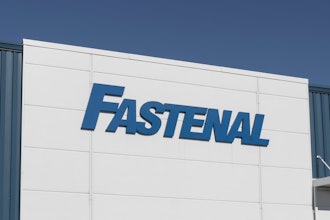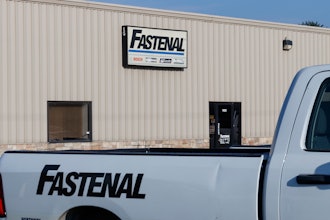Too many salespeople follow their own process and ignore the customer’s buying process. This is seller-focused thinking. In seminars, we ask salespeople to describe the customer’s buying process. Inevitably, they define their company’s sales process instead.
In our latest research project, we gauged the salesperson’s understanding of their customer’s buying process. We asked salespeople two key questions about their buyer’s process.
“How many of your prospects have an established budget for your type of solution?” The number one response… “I’m not sure.”
“How many of your prospects have an established timeline to procure your type of solution?” The number one response… “I’m not sure.”
Too many salespeople are unclear about their customer’s buying process. If salespeople don’t understand the buyer’s process, they also don’t understand the buyer’s needs throughout their process. You can only satisfy a need that you are aware of.
Most organizations define their sales process based on the customer purchasing their organization’s solution. This is seller-focused thinking. You can’t assume the buyer will choose your solution. You can only understand how your customer buys your solution when you remove your solution from the equation. The following questions will help you understand your customer’s Critical Buying Path.
What are your buyer’s pre-purchase activities?
This is called the pre-purchase phase. In this phase of the buyer’s process, their greatest need is information and education. Buyers are researching solutions and comparing alternatives. What steps does your buyer take before they buy your type of solution?
What are your buyer’s transactional activities?
This is called the transitional phase. In this phase, the buyer is transitioning to your type of solution. The buyer has made their decision and they are now ready to implement the solution. During this phase, the buyers greatest need is for a smooth and seamless transition. What steps does your buyer take during the transition phase?
What are your buyer’s post-purchase usage activities?
This is called the post-purchase usage phase. In this phase, the buyer is using and re-ordering your solution. In this phase, the buyer’s greatest need is performance and maximum productivity. What are the steps in your buyer’s post-sale usage phase?
Once you have determined the various steps in your buyer’s process, ask yourself “How do we add value in each step of the buyer’s process?” This exercise will help your organization understand your buyer’s process and the value you deliver.
A customer-focused approach requires viewing needs through the eyes of the customer. Too many organizations sell their solution the way they want to sell it versus the way the customer actually wants to buy it. This is seller-focused thinking. Buyer’s don’t care about your process, they care about their own. Understand the buyer’s process and how you add value throughout their process.
Paul Reilly is president of Reilly Sales Training, a St. Louis-based, privately-owned company that specializes in training sales professionals, sales managers and service professionals. Call Paul at 636-778-0175 or email [email protected].























